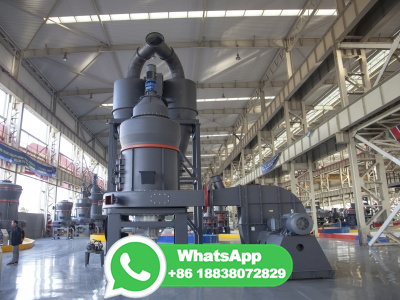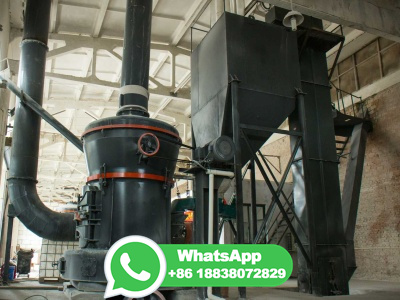The Differences between Dry Milling and Wet Milling DESHENG PRECISION
2) Milling of superalloys at low cutting speedsused to lubricate and cool parts. 3) Cast iron milling, used to wet and wash away dust, to protect the environment and health and ensure the accuracy of parts. 4) Milling of thinwalled parts to prevent geometric deformation. 5) When machining deep cavities, a small amount of lubrication system ...































